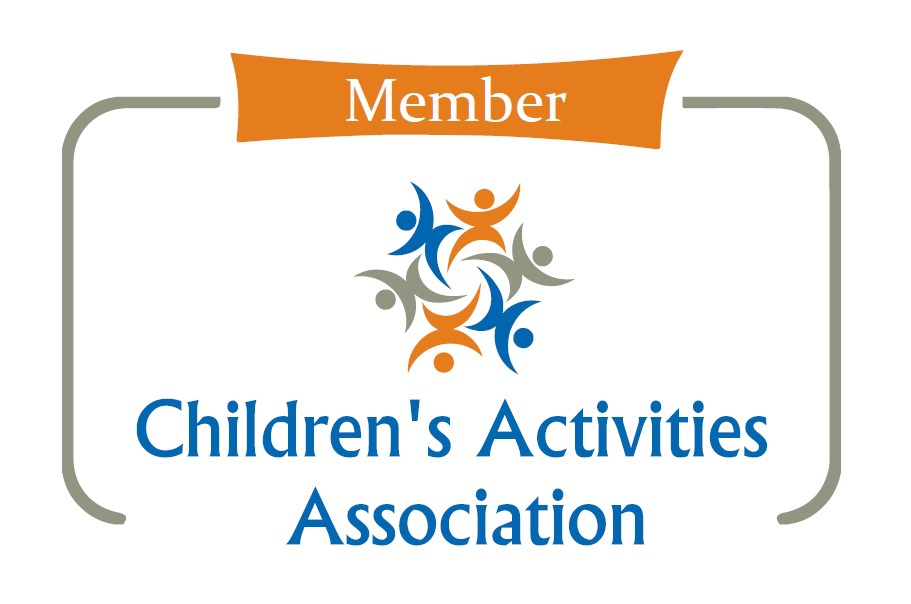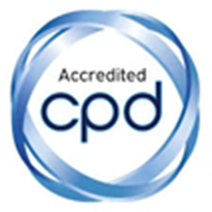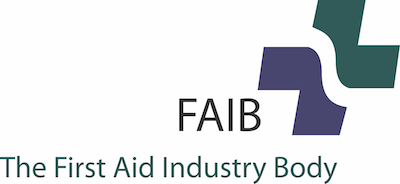Are you prepared to deal with a broken bone? Because the chances are you may have to at some point, especially if you have a boy! Recent statistics from the NSPCC show that 66% of boys and 40% of girls will sustain a fracture by their 15th birthday - that’s a heck of a lot of broken bones!
But what do you do if you’re watching your child play footie, climb a tree or trampoline this weekend and you suspect a broken bone? This week’s blog, including a real-life story by our first aid trainer Allison will make sure you are ready to cope when disaster strikes!
Is a broken bone the same as a fracture?
The answer is yes, and these terms can be used interchangeably. Fracture is the more medical term, so don’t be surprised if this is the word your doctor or hospital staff use.
Babies and children are more susceptible to something called a “greenstick” fracture than adults. This is because their bones are softer and more flexible and can “fray”, causing a partial break, usually on one side of the bone only. The good news is these fractures usually heal really well! However, it is often difficult to tell if your child has broken a bone or not, especially with babies, so if you suspect a bone may be broken you should always seek medical help.
A real-life fracture story
Allison Edwards, our Mini First Aid trainer for North Staffordshire had a fun 2024 when both of her young children ended up with fractures in a matter of months!
Jasmine who was 9 at the time ended up in goal at a summer football camp. Football mad Jasmine had some ligament damage to her shoulder at the time so wasn’t meant to do anything too physical, however, she bravely took her turn in goal when it came. She’d only done one save when her wrist got bent back by a powerful shot. Jasmine later described feeling sick, dizzy and fuzzy, but not wanting to miss out on the footie, she gave her hand a shake and carried on! Her friend raised the alarm when Jasmine’s wrist started swelling but unfortunately, the football coach said it would be linked to her shoulder damage.
This resulted in a cold compress (would you believe the cold block from someone’s packed lunch!) being put on Jasmine’s shoulder. Luckily 9 year old Jasmine had the knowledge from mum Allison to put the cold pack on her wrist, helping reduce the pain.
Unfortunately no-one told Jasmine’s friends mum who was picking her up that the wrist injury had occurred. Being 9, and wanting to hang out with her friend, Jasmine of course said she was fine! So it wasn’t until 7pm when she got home that Allison got to inspect the injury. Allison knew something was wrong because Jasmine was so quiet, and when she checked, the wrist was badly swollen and misshapen. Allison’s first aider instincts told her it was broken, so she made a makeshift sling and applied a cold gel pack.

Jasmine and her dad set off to the local walk-in injury clinic and were seen at 8.30pm. Unfortunately the X-ray staff had gone home so a splint was put on to support the wrist and they were told to go back for an X-ray the next morning. This confirmed Allison’s suspicions: the wrist was broken with a type of greenstick fracture known as a “buckle” fracture. This occurs when one side of the bone bends, causing a raised buckle but without breaking the other side of the bone.
At this point a “backslab” cast was put on – this is part plaster and part bandage, which allows for the swelling that occurs after an injury.
 Later that week, Jasmine’s backslab was removed and a splint
was put back on – these are the soft bandages with the Velcro to help support
her wrist whilst it healed. The worst bit for poor Jasmine was that the injury
happened straight after school broke up, meaning 6 weeks of no football or any
activity which could damage the wrist!
Later that week, Jasmine’s backslab was removed and a splint
was put back on – these are the soft bandages with the Velcro to help support
her wrist whilst it healed. The worst bit for poor Jasmine was that the injury
happened straight after school broke up, meaning 6 weeks of no football or any
activity which could damage the wrist!
Going back to school coincided with the splint being
removed, making writing a bit tough at first. But over time, the wrist has
healed really well and thankfully, Jasmine has been able to get back to her
beloved football!
Allison’s 7 year old son Zach’s injury was more minor – a
broken finger, again from playing football but this time at school. Allison is
now well known at the local walk-in centre, with Zach’s new fracture coinciding
with Jasmine’s being healed! So how would I know if my child had suffered a fracture?
So how would I know if my child had suffered a fracture?
If your child has been injured and has the following symptoms, it may well be a fracture:
- Pain at the injury site
- Swelling at and around the injury site
- Redness or bruising – this may be a lot harder to spot on black and brown skin so you will need to focus more on the other symptoms to make an assessment
- Your child might “guard’ the injury, or cry / try to move away when you touch it
- It might be difficult and painful to move the bone where the injury occurred
Do I need to seek medical help and where should I go?
If your child has the above symptoms you should seek medical help because it can be very difficult to tell if a baby or child’s bone is broken. You can call your GP, or 111 for advice, or visit a local walk-in centre for minor injuries if there is one in your area.
You need to call 999 if:
- Your child has fallen from a height
- The injury is bleeding heavily
- You can see the bone
- The limb has changed shape or is displaying at an unusual angle
What can I do to comfort my child whilst waiting for medical help?
It can be a long wait to be seen for a minor broken bone and there are a few things you can do to make your child more comfortable:
- Just like Jasmine, you can use a cold gel pack, ice pack or bag of frozen veg if that’s all you have to hand to cool and soothe the pain and swelling – just make sure you wrap the cold item in something clean like a t-shirt to protect the skin
- Use a jumper or towel tied round the neck as a makeshift sling if it’s an arm injury – this provides support and holds the damaged bone in one place
- Apply pressure to the wound if there is any bleeding – you can use a wound pad such as those found in our first aid kits to do this
- Use the age appropriate dose of paracetamol or ibuprofen to ease pain (don’t give aspirin to under 16’s)
- Tell your child not to use the affected limb as they could make the damage worse
What happens next?
Just like Jasmine, the broken bone will be placed in a splint for support. Painkillers will be given if they haven’t already, and an X-ray will be used to see if there is a break.
If the break is really bad, surgery may be necessary, but if not, it is likely a backslab cast will be used, just like Jasmine had to allow for initial swelling. For a really minor fracture, a splint and sling may be suitable.
You’ll have follow up appointments to remove the cast / check on how the fracture is healing.
The most difficult thing can be making sure your usually active child doesn’t do anything to further damage the injury or prevent it from healing. But again, children’s bones heal relatively quickly – although we’re sure it won’t feel like it at the time!
Hopefully this has given you some confidence to deal with a broken bone, but if you haven’t already, we’d recommend our 2 hour Baby and Child First Aid class where you can learn about breaks, bleeds, choking and more.
So go forth, have fun with your kids, explore and adventure, safe in the knowledge that you know what to do if a broken bone comes calling!
All the best, Mini First Aid x
Sources: NHS UK, NSPCC and thank you to Allison Edwards, MFA North Staffordshire
Celebrate World Book Day with our book bundle!
Celebrate Children’s Book Week (5–11 May 2025) with the First Aid With Freddie Book Bundle – just £9.99! This inspiring pair of beautifully illustrated books from Mini First Aid introduces young children to essential life-saving skills in a fun, age-appropriate way. The Mini Adventures of Freddie follows brave little Freddie as he learns about first aid and even helps Mummy after a fall, while award-winning Sit, Chop, Chew teaches safe eating habits to help prevent choking. Written by Mini First Aid founder Kate Ball and illustrated by Hayley Vine, these stories are perfect for Early Years children and make a meaningful addition to story time.








